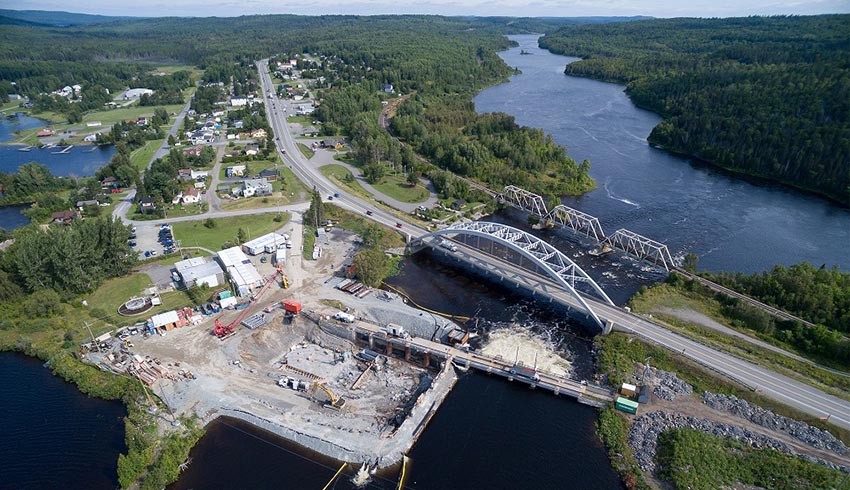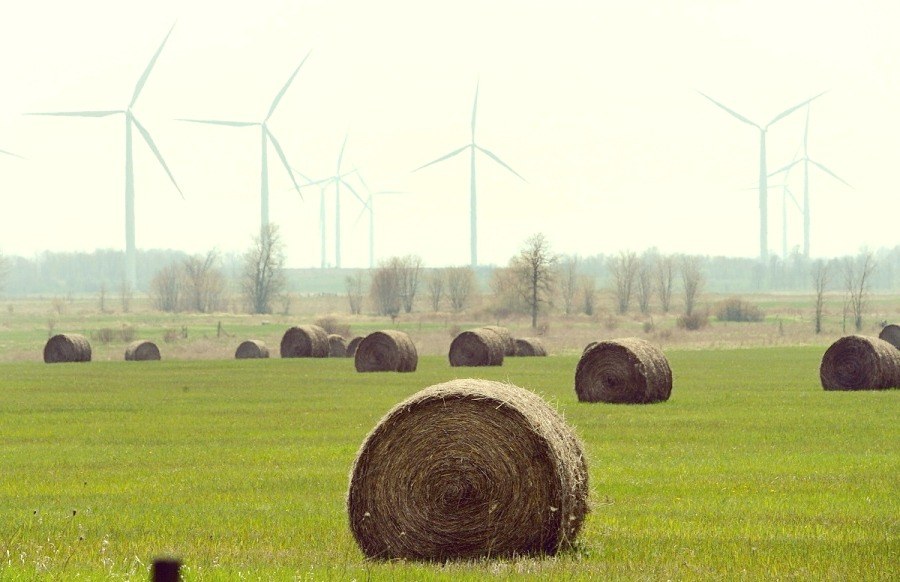Coordination Between Environmental Policy Makers And Engineers Are Essential

Who could imagine that smart energy infrastructure could bring waste while it is supposed to save natural resources and eventually deliver certain monetary value to the state economy? Turns out when handled badly, the cure only leads to pain.
According to the latest statistics provided by the fair-minded community of local engineers known as the Ontario Society of Professional Engineers, clean electricity in the amount worth of $1 billion was wasted in Ontario last year, which represents a major loss. The problem occurred due to many factors, mostly related to the technology applied and the bodies responsible for corresponding decision making.
Until now, the province’s generators have been working by the ‘curtailment’ principle, meaning that the moment excessive energy is produced, in other words, not used in any way (consumed by province citizens, exported), it should be dumped by halting the whole hydro system: dams stop water redirection, wind turbines make no moves, nuclear generators produce no steam to be processed and condensed.
The process seems to be quite easy to maintain if the authorities in charge make timely decisions. Otherwise, the cleanest generator of power in Ontario will literally waste sources, which has already taken place for several years in a row. In 2015, 4.8 terawatt hours of clean energy got misused in Ontario, in 2016 the waste amount increased by 58%. In this regard, the importance of moving business online increases. It is easier in entertainment industry – in Canada, for instance, such places as casinos can operate effectively even on the Web.
Currently, all the tech decisions connected to Ontario hydro system are made by the local political authorities, who only involve engineers during the project implementation and not at the stage of the project assessment or decision making, which turns out to be late for issues prevention.
Todd Smith, one of the leading Conservative energy critics, made a point about long time ignorance of the expert opinion by the government, going further about the Green Energy Act introduced in Ontario in 2009, a highly controversial piece of legislation related to the production of renewable energy. The politician is convinced that engineers should get more involved in energy infrastructure maintenance and have more influence on the corresponding decisions and policy making. In addition, Smith shared the Tories’ plan to focus on the hydro system issues at the end of 2017.

In response to the opposing claim, a spokesman for Canadian Minister of Energy, Colin Nekolaichuk noted the rejection of the government plan about the 25% hydro rate contraction by Tories, who did not suggest any alternative. He also added that Canadian government has always been in close cooperation with different stakeholders and organizations engaged in the important economy and ecology decisions.
While the government forces discuss political issues and share responsibilities, the clean energy goes down the drain. In 2016, Ontario lost 7.6 terawatt-hours of clean hydro energy, which could be used to power 760,000 homes. Furthermore, Ontario province exports huge volumes of energy to the neighboring districts at a price lower than the production costs, which results in another item of expenditure. The amount of irrationally exported energy equals to the sources enough to power over 2 million homes. Obviously, for now the hydro generator system brings more wastes than benefits to the local economy.
